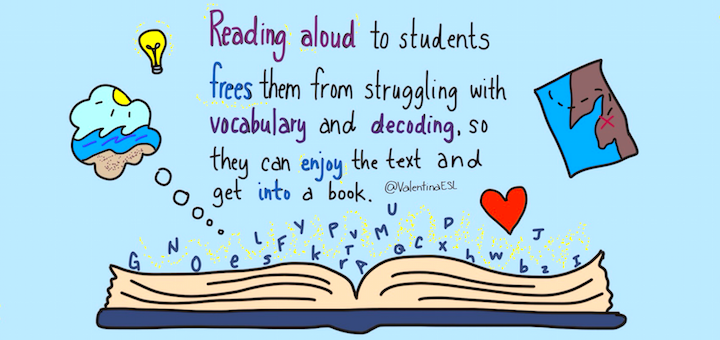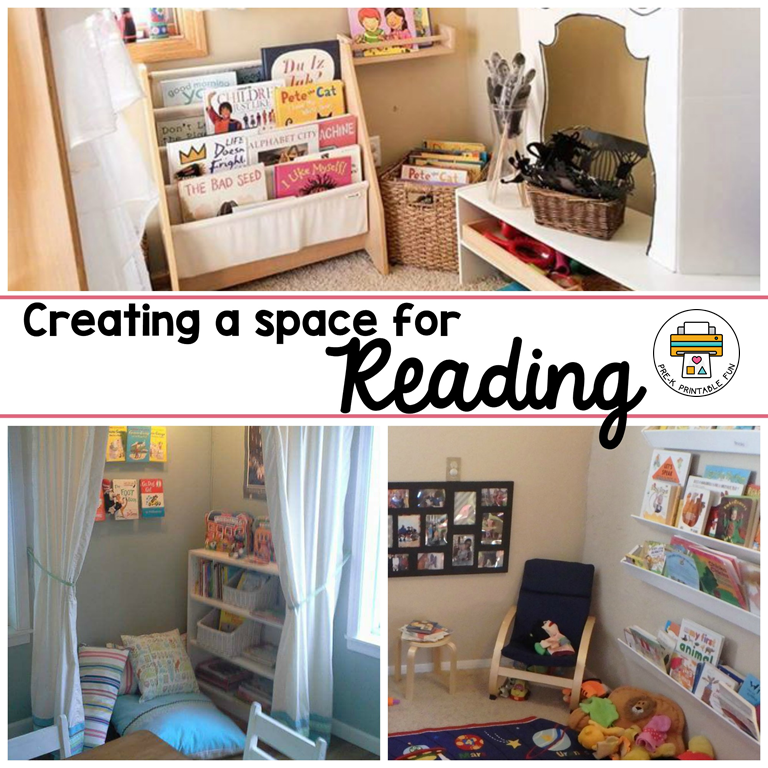Supporting Reading at Home

Children will benefit from reading regularly at home with parents for at least 15 minutes every night. Reading helps your child’s wellbeing, develops imagination and has educational benefits too. Just a few minutes a day can have a big impact on children of all ages.
Read aloud regularly
Try to read to your child every day. It’s a special time to snuggle up and enjoy a story. Stories matter and children love re-reading them and poring over the pictures. Try adding funny voices to bring characters to life.

Encourage reading choice
Give children lots of opportunities to read different things in their own time - it doesn’t just have to be books. There’s fiction, non-fiction, poetry, comics, magazines, recipes and much more. Try leaving interesting reading material in different places around the home and see who picks it up.
Read together
Choose a favourite time to read together as a family and enjoy it. This might be everyone reading the same book together, reading different things at the same time, or getting your children to read to each other. This time spent reading together can be relaxing for all.
Create a comfortable environment
Make a calm, comfortable place for your family to relax and read independently - or together.

Make use of your local library
Libraries in England are able to open from 4 July, so visit them when you’re able to and explore all sorts of reading ideas. Local libraries also offer brilliant online materials, including audiobooks and ebooks to borrow. See Libraries Connected for more digital library services and resources.
Talk about books
This is a great way to make connections, develop understanding and make reading even more enjoyable. Start by discussing the front cover and talking about what it reveals and suggests the book could be about. Then talk about what you’ve been reading and share ideas. You could discuss something that happened that surprised you, or something new that you found out. You could talk about how the book makes you feel and whether it reminds you of anything.
Bring reading to life
You could try cooking a recipe you’ve read together. Would you recommend it to a friend? Alternatively, play a game where you pretend to be the characters in a book, or discuss an interesting article you’ve read.Play games that involve making connections between pictures, objects and words, such as reading about an object and finding similar things in your home. You could organise treasure hunts related to what you’re reading. Try creating your child’s very own book by using photos from your day and adding captions.
Engage your child in reading in a way that suits them
You know your child best and you’ll know the best times for your child to read. If they have special educational needs and disabilities (SEND) then short, creative activities may be the way to get them most interested. If English is an additional language, encourage reading in a child’s first language, as well as in English. What matters most is that they enjoy it.
Foster a love for reading within your child
Some children could spend hours reading, and others really struggle with loving it. That’s totally okay! We can instill a love of reading in children by simply showing our excitement for reading, too. Start with literature that excites them and peaks their interest. One fun way to do this is to take them to the local library to explore the book choices there. Then you can model enjoying reading when you read the books together.
Refer to reading strategies and use them consistently
There are so many different fun and catchy ways to help readers implement reading strategies.
Give children hands-on experiences with books
Allow children to hold the books while they are reading or being read to. Let them practice turning the pages, pointing to the words that are being read, and finding words they know in the text.
Practice sight words consistently and introduce new words regularly
Sight words, or high-frequency words, are words that cannot be sounded out easily. As a matter of fact, Fry’s top 100 words make up 50% of all published text! Practicing these words, along with a solid phonics foundation, make readers successful. You can help children learn sight words with hands-on experiences, music, and fine motor incorporation.
Talk and write about books together
Before reading a book, have your reader do a picture walk through the book and make predictions based on the title and the illustrations. Talk about what’s happening during the book, try to encourage your reader to make connections to the text, and discuss the ending (or create a new one together!). If your reader is old enough to write, consider creating a reading response journal with open-ended sentence stems or questions for your reader to complete after reading a book.
Have a look below at 7 top tips to support your child with their reading:
